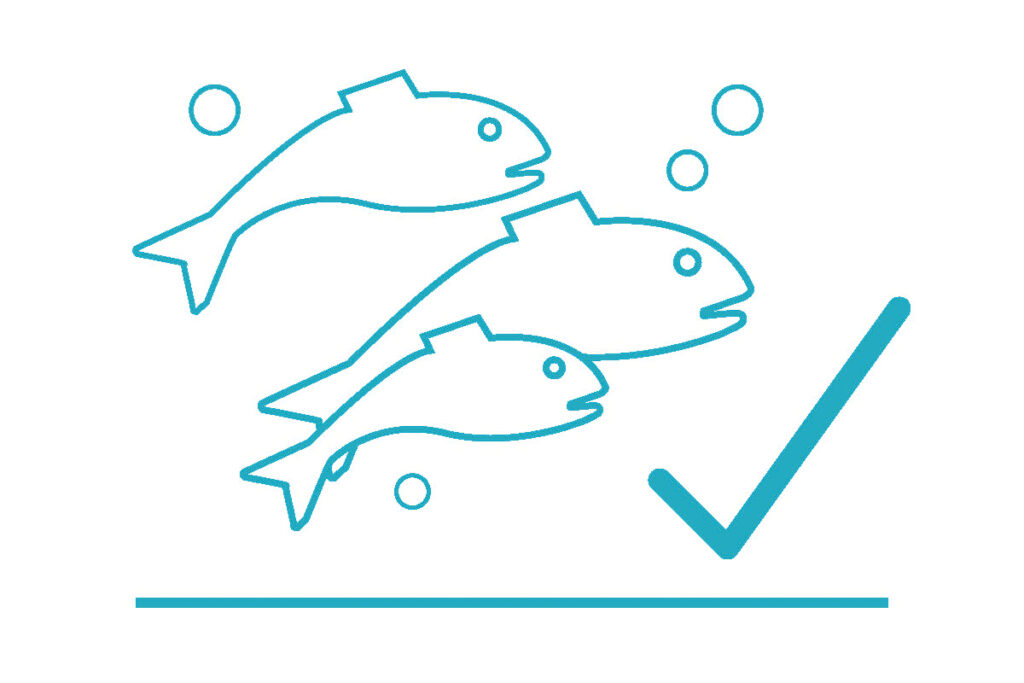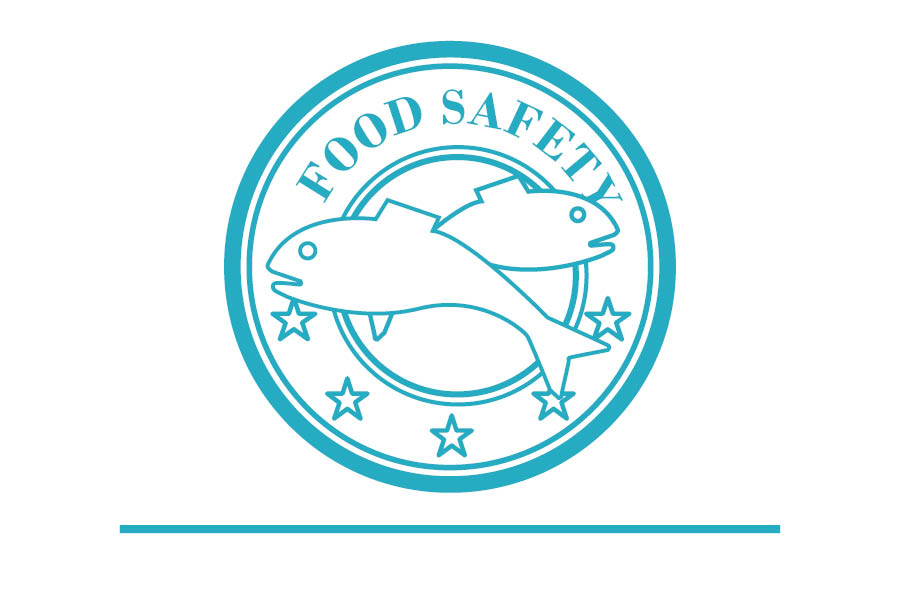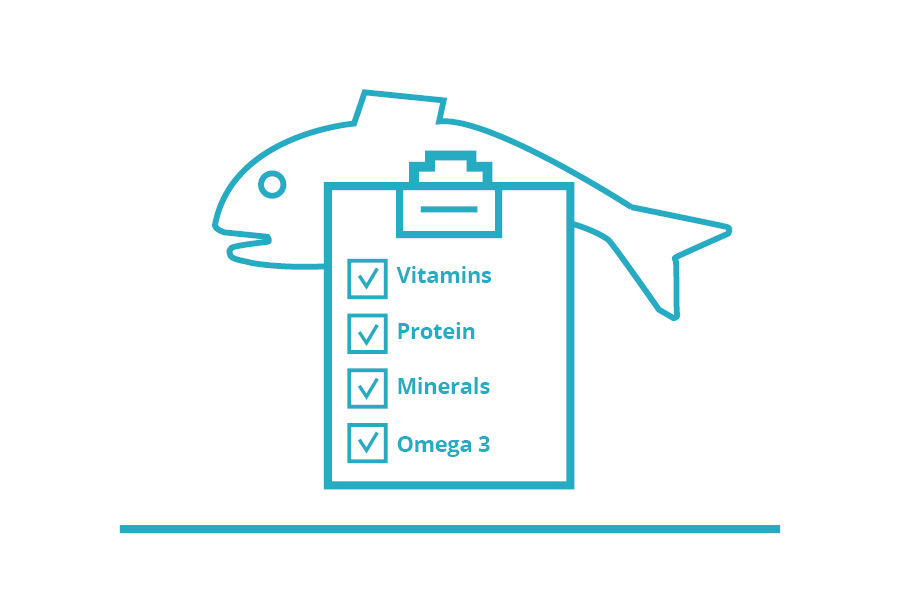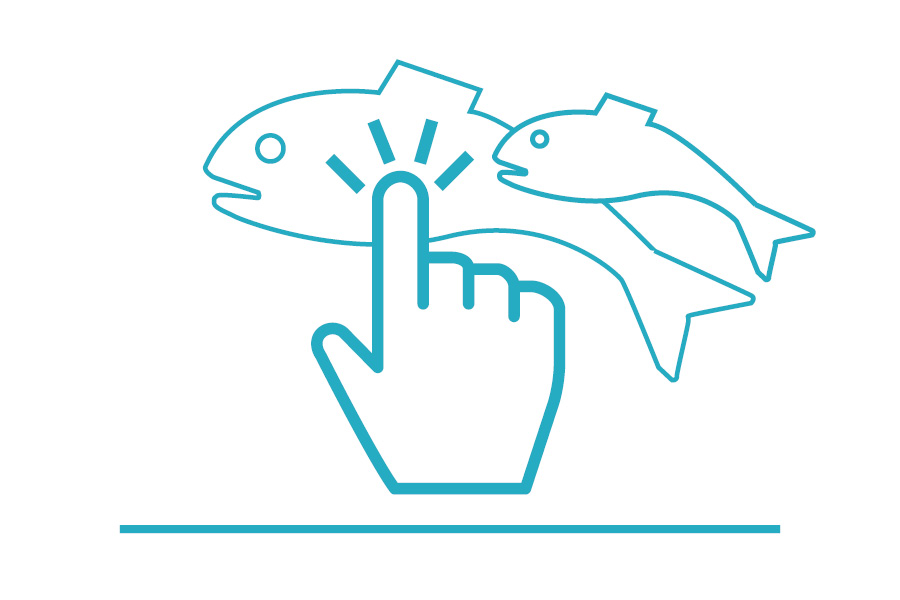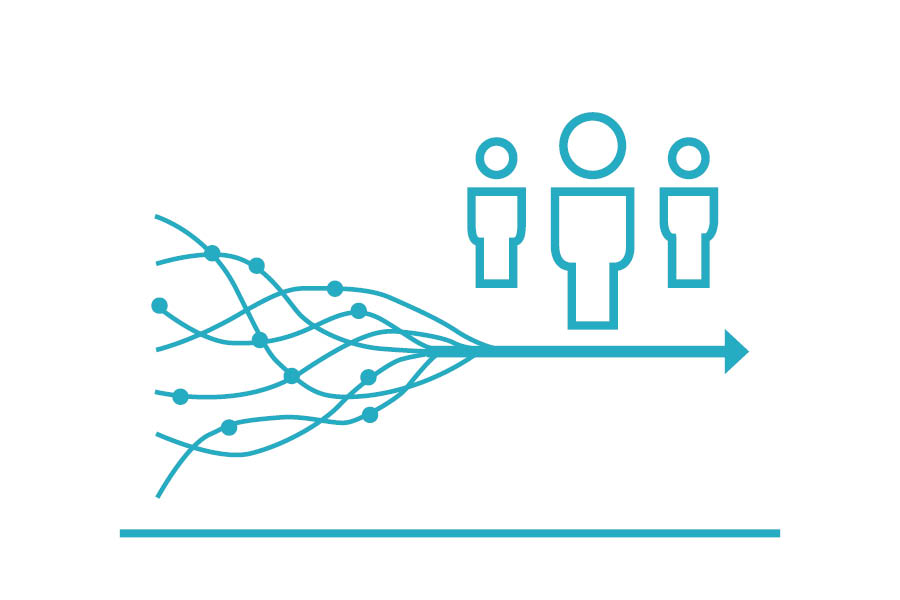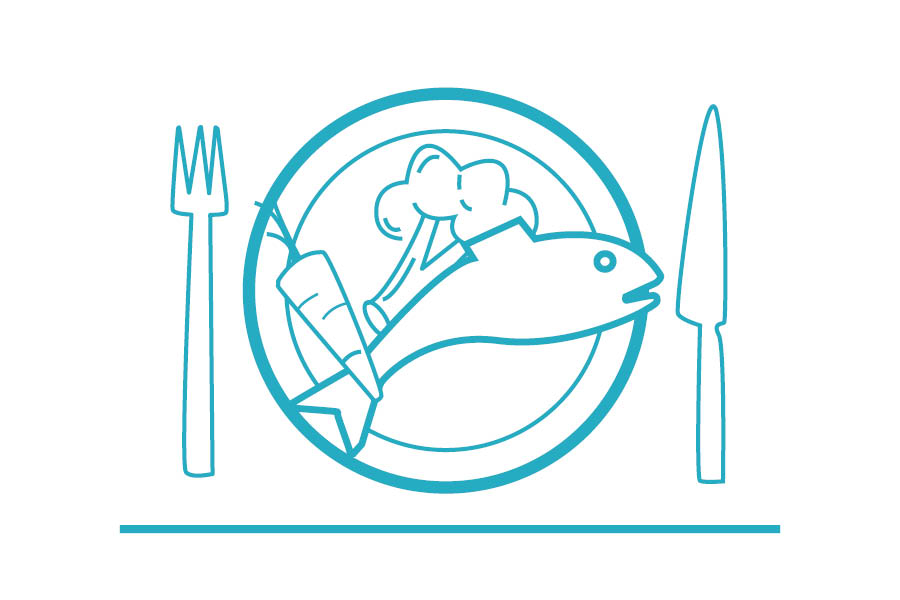
Dietary Needs
The key element DIETARY NEEDS refers to the fact that consumption of fish can play a unique role in providing healthy nutrients to reduce the burden of disease. Also, cognitive development and growth can be improved by increasing fish consumption in the first 1000 days of life. This key element covers actions to optimise the consumption of aquatic food as part of a healthy diet.
Relevant SDGs to this element are SDG 2, 3, 4, 5, 14 and 16. Relevant recommendations from the Committee on World Food Security are CFS 4A.1, 4A.2, 4A.6 and 4G. More links are required, please send input to FoodFromtheOcean@hi.no
Challenges
SDG 2 and 5
CFS 4A.1, 4A.2, 4A.6 and 4G
Knowledge
Risk-benefit reports
- Joint FAO/WHO Expert Consultation on the Risks and Benefits of Fish Consumption (FAO/WHO)
- A quantitative assessment of the net effects on fetal neurodevelopment from eating commercial fish (US FDA)
- Statement on the benefits of fish/seafood consumption compared to the risks of methylmercury in fish/seafood (EFSA)
- Benefit-risk assessment of fish and fish products in the Norwegian diet – an update (VKM)
Solutions
Nutrition recommendations and food-based dietary guidelines (SDG 2.1, 2.2, 3.b, 3.d, CFS 4A.1 and 4A.2)
Reports
- UNSCN Discussion Paper “The role of aquatic foods in sustainable healthy diets”
Dietary recommendations and advice regarding aquatic food
Food and nutrition programmes
- Fiskesprell (Norway)
- Improving livelihoods and nutrition for women and children (India)
Nutrition and dietary recommendations
Empower women (SDG 5.5, 5.b, 5.c and CFS 4G)
- In small-scale fisheries post-harvest sector (See also solution to challenge B, Leaving no one behind) (LINK REQUIRED)
Model diets for better health
- Mediterranean and New Nordic diets (LINK REQUIRED)
Guidelines
- Voluntary Guidelines on the Progressive Realization of the Right to Adequate Food in the Context of National Food Security (No. 10 and 11) (FAO)
- Voluntary Guidelines for Securing Sustainable Small-Scale Fisheries (FAO)
SMART
- Norway has made a SMART commitment to increase consumption of fish by 20% by 2025
Knowledge
Research on aquatic food and health (SDG 2.2, 3.2, 3.4 and CFS 4A.1) (LINK REQUIRED)
Solutions
Nutrition recommendations and food-based dietary guidelines
- Food-Based Dietary Guidelines in Europe (EFSA)
- Food-Based Dietary Guidelines (FAO)
- Food-Based Dietary Guidelines (Denmark, Finland, Iceland, Norway and Sweden)
Dietary recommendations and advice regarding aquatic food (SDG 2.1, 2.2, 3.d and CFS 4A.1)
Bringing fish as food into current and coming agendas and fora
Recommendations
- CFS policy recommendations ‘Sustainable fisheries for food security and aquaculture for food security and nutrition’
Knowledge
(LINK REQUIRED)
Solutions
Solutions to avoid ‘fake news’ concerning fisheries and aquaculture (Brazil) (LINK REQUIRED)
Knowledge
Knowledge on food technology
- Low-cost/small infrastructure technology for improving handling, processing, and storage (LINK REQUIRED)
- Processing and storage SmallFishFood
- Sustainable food for all (Nofima, Norway)
Knowledge on specific vulnerable groups’ consumption
- Intra-household consumption (women, children)
- Fish in diets of indigenous peoples
Solutions
Share recipes and products that are easier to eat
Solutions for small-scale infrastructure along the value chain, which small producers/processors and vulnerable groups can access and utilize in order to deliver
- Safe aquatic foods (LINK REQUIRED)
- Affordable aquatic foods (LINK REQUIRED)
- Acceptable aquatic foods (LINK REQUIRED)
- Convenient aquatic foods (LINK REQUIRED)
Equitable distribution of aquatic food
Guidelines
- Voluntary Guidelines on the Progressive Realization of the Right to Adequate Food in the Context of National Food Security (No. 13) (FAO)

